A Pocket Business Guide for Artists and Designers
Alison Branagan

Jay Goltz, The Street-Smart Entrepreneur:
133 Tough Lessons I Learned the Hard Way, 1st edn
(Omaha, Nebraska: Addicus Books, 1998, p.22).
First published in Great Britain 2011
This electronic edition published in 2011 by Bloomsbury Publishing Plc
First published 2011 by
A & C Black
Bloomsbury Publishing Plc
50 Bedford Square, London, WC1B 3DP www.acblack.com
ISBN: 978 1 4081 7195 0
Copyright Alison Branagan 2011
A CIP catalogue record for this book is available
from the British Library
Alison Branagan has asserted her rights under
the Copyright, Design and Patents Act, 1988, to
be identified as the author of this work.
All rights reserved You may not copy, distribute, transmit, reproduce or otherwise make available this publication (or any part of it) in any form, or by any means (including without limitation electronic, digital, optical, mechanical, photocopying, printing, recording or otherwise), without the prior written permission of the publisher. Any person who does any unauthorised act in relation to this publication may be liable to criminal prosecution and civil claims for damages
Page design: Howard Whitley
Cover design: Sutchinda Thompson
Project editor: Davida Saunders
Copy editor: Julie Brooke
Illustrations Tim Bradford 2011
www.timbradford.com
Visit www.acblack.com to find out more about our authors and their books You will find extracts, author interviews, author events and you can sign up for newsletters to be the first to hear about our latest releases and special offers
Firstly, I would like to thank my commissioning editor, Linda Lambert, for commissioning this book.
Special thanks to consultants Trevor Burgess, Dean Shepherd from Tax by Design Ltd, Jonathan T. R. Silverman of Silverman Sherliker LLP solicitors, David Stubbs, and Albert Wright from Small Business Solutions Ltd.
Further acknowledgement must go to Davida Saunders and Tim Bradford for their huge contribution to this project.
Finally, I am indebted to John Naylor for his advice and consistent support.
Contents
As a student at the Royal College of Art, London, I wanted to become an artist, but by my third year I had gravitated towards industrial design and engineering. I soon discovered that I had a passion for making things that solve problems.
Although I wasnt a businessman, I had to quickly learn the skills necessary to run a company. There were years of uncertainty and financial worries, but going it alone was the right thing to do.
Id encourage anyone with a good idea to do the same. It will be hard, but just knowing where to start helps: whether its securing a loan, filing a patent or promoting your idea. This book gives clear, simple advice on 100 questions you need to know the answers to before you set out, and will help you to make a success of your art practice or creative business.
Sir James Dyson

Starting a business is one of the
most difficult challenges a person
can undertake and one of the most
rewarding if it succeeds.
Jay Goltz (1956), author and creative entrepreneur
This business pocket book is inspired by Jay Goltz, who founded the Artists Frame Service, a large picture-framing business in Chicago, USA. Many years ago he wrote The Street-Smart Entrepreneur, which comprised 133 useful suggestions about how to set up a business. I was amazed at how much useful guidance it managed to compress into just over 200 pages.
It gave me the notion of creating something similar for applied and visual artists: a pocket guide for a wide range of arts students and creative practitioners, including artists, makers, designers, engineers, architects, inventors, illustrators, image-makers and photographers. Many creative activities require you to obtain recognised business status before you can secure freelance contracts, commissions, workshops and exhibitions. Learning about your industry sector and acquiring enterprise skills is vital in order to earn money legally from selling artwork, products or services.
Some readers may already have purchased The Essential Guide to Business for Artists & Designers, which offers a more in-depth introduction to setting up a business as a self-employed individual or with others. This publication will help you find answers to a number of business questions that you may feel embarrassed to ask. It provides useful signposts to relevant websites where further research can be carried out.
I hope that you enjoy reading this book and that it will enable you to make informed decisions about getting started.
Notes for the reader
As this guide is written for a broad readership, you will often find the expressions artwork, creative products and creative services. This is to avoid making the text overly complicated with detailed references. Please apply your own definition to these phrases whether you are a painter, printmaker, ceramicist, animator, industrial designer or photographer. The general term business is used to describe any arts practitioner, applied artist, designer or photographer who wants to be self-employed, or to form a partnership, cooperative or company. Many artists and designers may refer to a practice or freelancing, which describes the nature of their trade. To sell your artwork, creative products or services legally, you must register with HM Revenue & Customs (HMRC) or Companies House.

After leaving art college, you may be unsure about what to do next. You may be apprehensive about taking the first steps in establishing yourself as a professional artist or designer.
If you are planning to undertake freelance work namely where the person asking you to do the work expects you to pay your own Income Tax, National Insurance and usually to have your own insurance cover then you should register as self-employed (being self-employed is also referred to as being a sole trader).
If you have been asked to submit an invoice to a customer or client, this means that the client presumes you are trading and you are not on the payroll of the organisation or company.
Equally, if you intend to undertake commissions, run workshops or sell your artwork, creative products or services, then you should register as self-employed with HM Revenue & Customs. Registering with HMRC is free in the UK.  Please refer to .
Please refer to .
You should start thinking about registration, whatever the amount you think you will earn. If you intend to trade, even if you will be making a loss, then you should register. There can be advantages to registration even if, initially, you are making a loss or only trading on an ad hoc basis.
 See .
See .
If you have a job and are also working for your own clients or selling products outside your working hours, you should be aware that in most cases this counts as trading and you should register as self-employed. Many artists and designers are employed and self-employed at the same time.


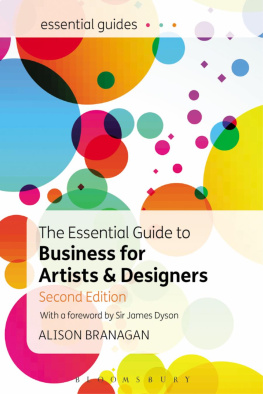
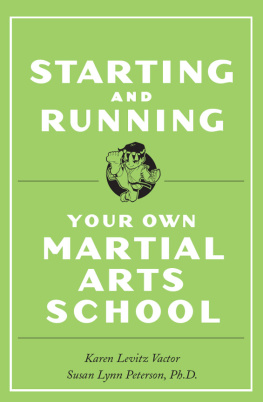
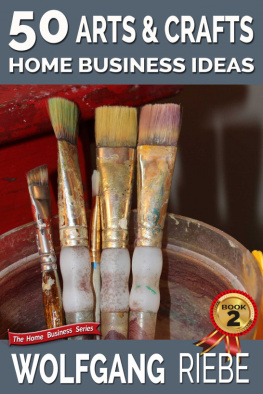
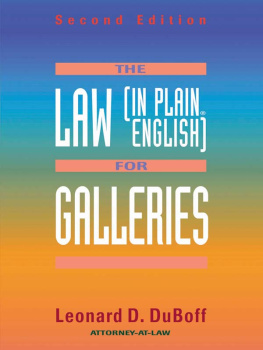
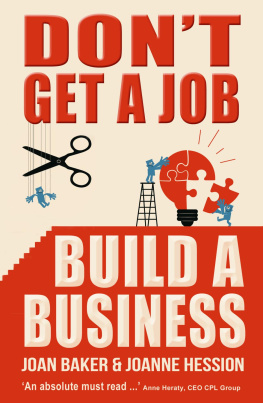

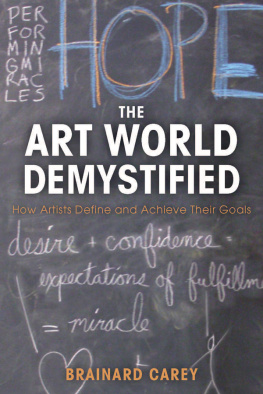




 Please refer to .
Please refer to .